Starlink Flaunts 100 Mbps Download Speed With Its Ambitious Satellite Internet Network
Aadhya Khatri - Sep 08, 2020

About the speed, it hasn’t reached the mark Starlink initially claimed, however, this’s already a significant improvement compared to early user testing
- SpaceX’s Starship Explosion: A Part Of Musk's Master Plan?
- Starlink: Why It’s a Big Deal for U.S. Internet in 2025
- Starlink Can Bring High-Speed Internet Service To Airplanes, Ships And Trucks
To mark the launch of the latest batch of Starlink satellites, SpaceX made public some key features and achievements of the constellation, saying that the system was capable of a speed of more than 100 Mbps and super low latency.
About the speed, it hasn’t reached the mark SpaceX initially claimed it could, however, this’s already a significant improvement compared to early user testing.
Starlink is an ambitious project of SpaceX with the company launching around 12,000 satellites into Earth’s low orbits to beam Internet to the ground. To tap into the power of the system, users would have to use a personal antenna.
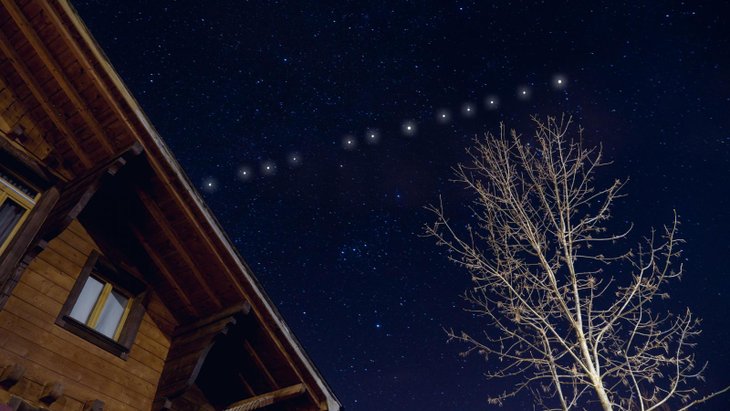
After the launch of the latest batch of satellites, SpaceX has put over 700 satellites into orbit, more than the number 400 required for initial operational capability, and close to 700 needed to achieve significant operational capabilities.
This summer saw SpaceX doing early beta testing of the system, which involves employees testing the download speed of Starlink.
According to Kate Tice, SpaceX’s senior program reliability engineer, the Starlink team had collected latency data and done standard speed tests of the constellation. She explained that the tests were meant to test how fast data could go from Starlink to users and back to the network. Initial results were quite positive, she said.
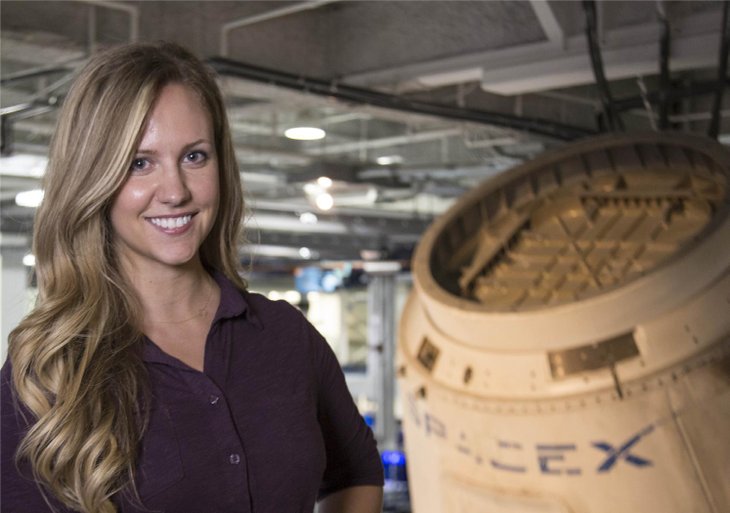
She said the download speed of Starlink had surpassed 100 MBps and the Twitter account of SpaceX said the same thing. It appears that the data was wrong as SpaceX deleted the post and clarify that the speed was 100 MBps.
Tice also shared that the network’s latency speeds were low enough for the current fastest video games and the download speed can handle several HD movies simultaneously and still have spare bandwidth.
These achievements are impressive but they are far from the performance SpaceX promises in its filing with the FCC (short for Federal Communications Commission). According to the company, to achieve that speed, it needs a constellation of over 4,400 satellites up and running.
Along with announcements of current speeds, Tice didn’t forget to say that the network was still work in progress and over time, SpaceX would add more features to unleash the full power of Starlink.
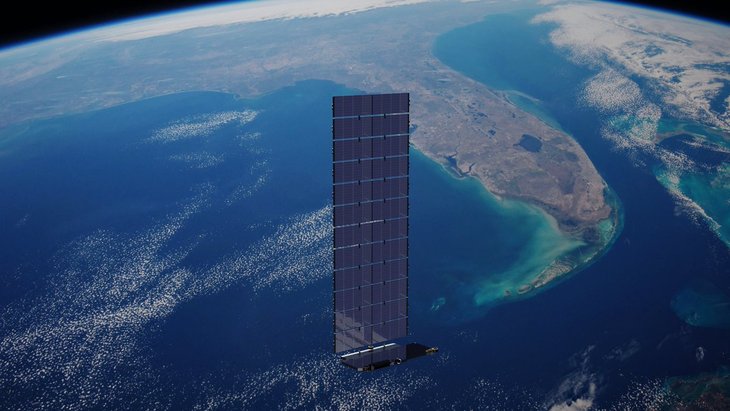
The speed of 100 MBps is greater than the result of speedtest.net, a tool to test upload and download speed.
In August, some Reddit users made public what they claimed the download speeds of Starlink constellation, which stand at 11 Mbps and 60 Mbps, which are on the lower end compared to conventional broadband internet. However, that performance is still better than what users living in many rural areas have.
And that is what SpaceX aims at with this network – better Internet connection for remote areas.
Demonstrating a greater speed serves more than just drawing the public attention to the project. What SpaceX hopes for with this publicity is funds from FCC’s October auction.
FCC has a fund of 16 billion dollars for any companies that can offer broadband services to more than six million businesses and homes unserved by broadband and voice. What the agency is looking for is an upload speed of more than 3 Mbps and an upload speed of at least 25 Mbps.
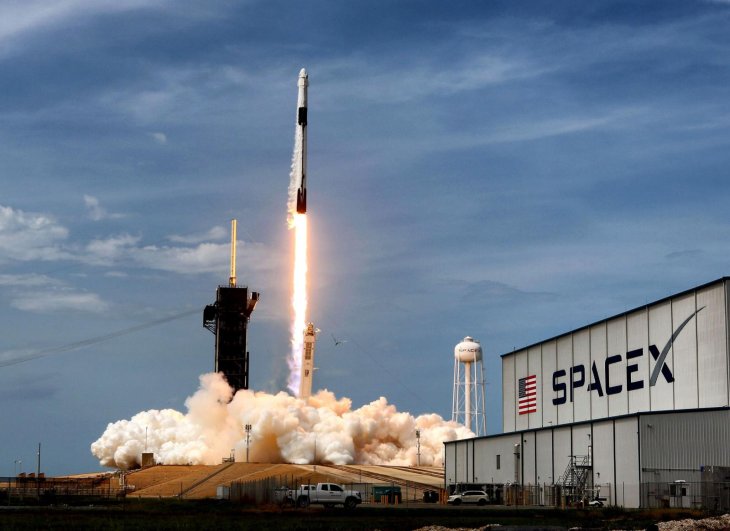
Apart from the speed, SpaceX said it had also made a big achievement. Tice shared that Starlink had successfully tested the inter-satellite links of two satellites in space, or what they call it – space lasers, which enables the satellites to send and receive hundreds of gigabytes of data.
Before it launched the first batch of satellites into orbit, the company did mention that the constellation would have this kind of link. Tice said once they could fully deploy space lasers, Starlink would be the best option with the world’s fastest speed of data transfer.
For now, those who are interested in getting to know more about the constellation or having the first-hand experience with it can enroll in public beta testing. To sign up, you will have to provide your location and address to see if you are qualified.
In a FAQ section found in the source code of Starlink’s official website, SpaceX said the beta testing would aim at Washington-based rural communities, and then it would expand to southern Canada and Northern U.S.
It’s expected that public beta tests would offer more accurate real-world results than the initial early beta tests. However, whatever it turns out, users won’t be able to reveal these results as they would have to sign a nondisclosure agreement.
>>> SpaceX Invites People From Over The World To Test Its Satellite Internet, Here Is How To Sign Up
Featured Stories

ICT News - Dec 25, 2025
The Visibility Concentration Effect: Why Half the Web Isn’t Qualified Anymore
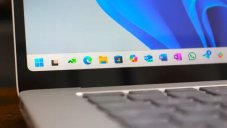
ICT News - Jul 05, 2025
Windows 11 is Now the Most Popular Desktop OS in the World

ICT News - Jul 02, 2025
All About Florida’s Alligator Alcatraz: A Smart Move for Immigration Control

ICT News - Jun 25, 2025
AI Intimidation Tactics: CEOs Turn Flawed Technology Into Employee Fear Machine

ICT News - Jun 24, 2025
Tesla Robotaxi Finally Hits the Streets: $4.20 Rides That'll Make You Hold Your...
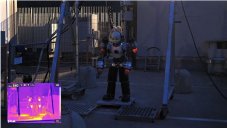
ICT News - Jun 24, 2025
World's First Flying Humanoid Robot Takes Flight

ICT News - Jun 24, 2025
When Closed Source Met Open Source: Bill Gates Finally Meets Linus Torvalds After...

Gadgets - Jun 23, 2025
COLORFUL SMART 900 AI Mini PC: Compact Power for Content Creation

ICT News - Jun 22, 2025
Neuralink Telepathy Chip Enables Quadriplegic Rob Greiner to Control Games with...

ICT News - Jun 20, 2025
Comments
Sort by Newest | Popular